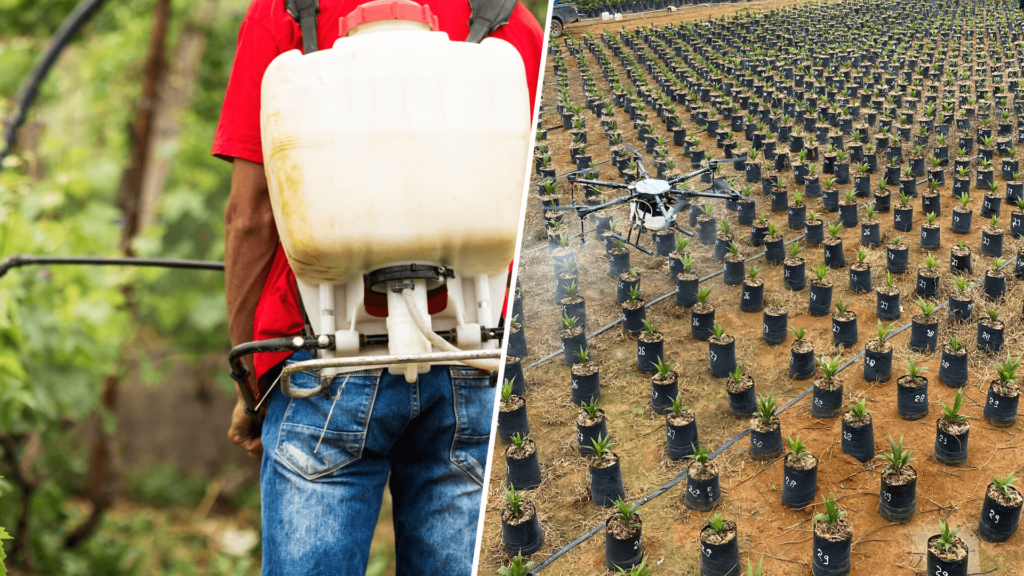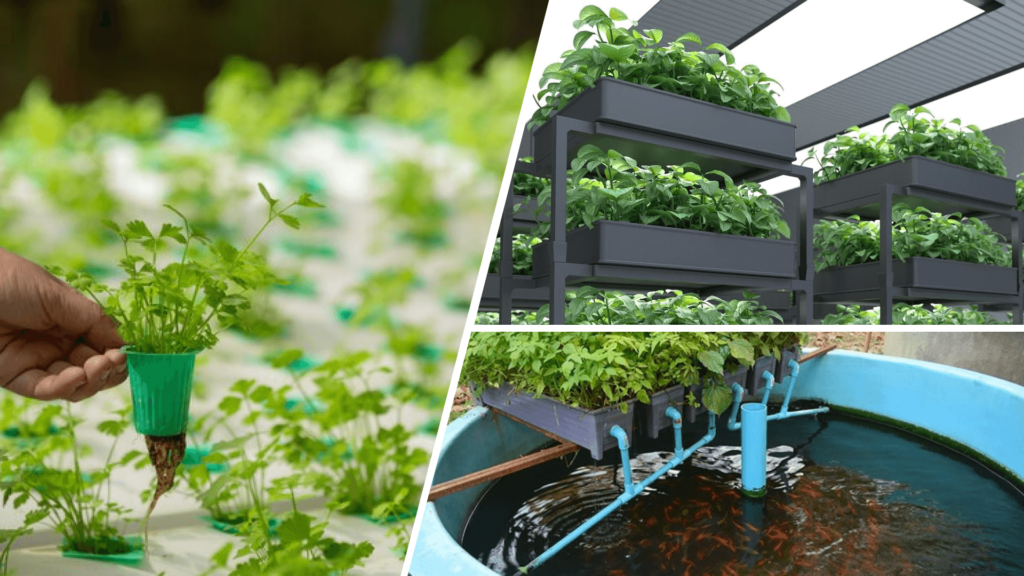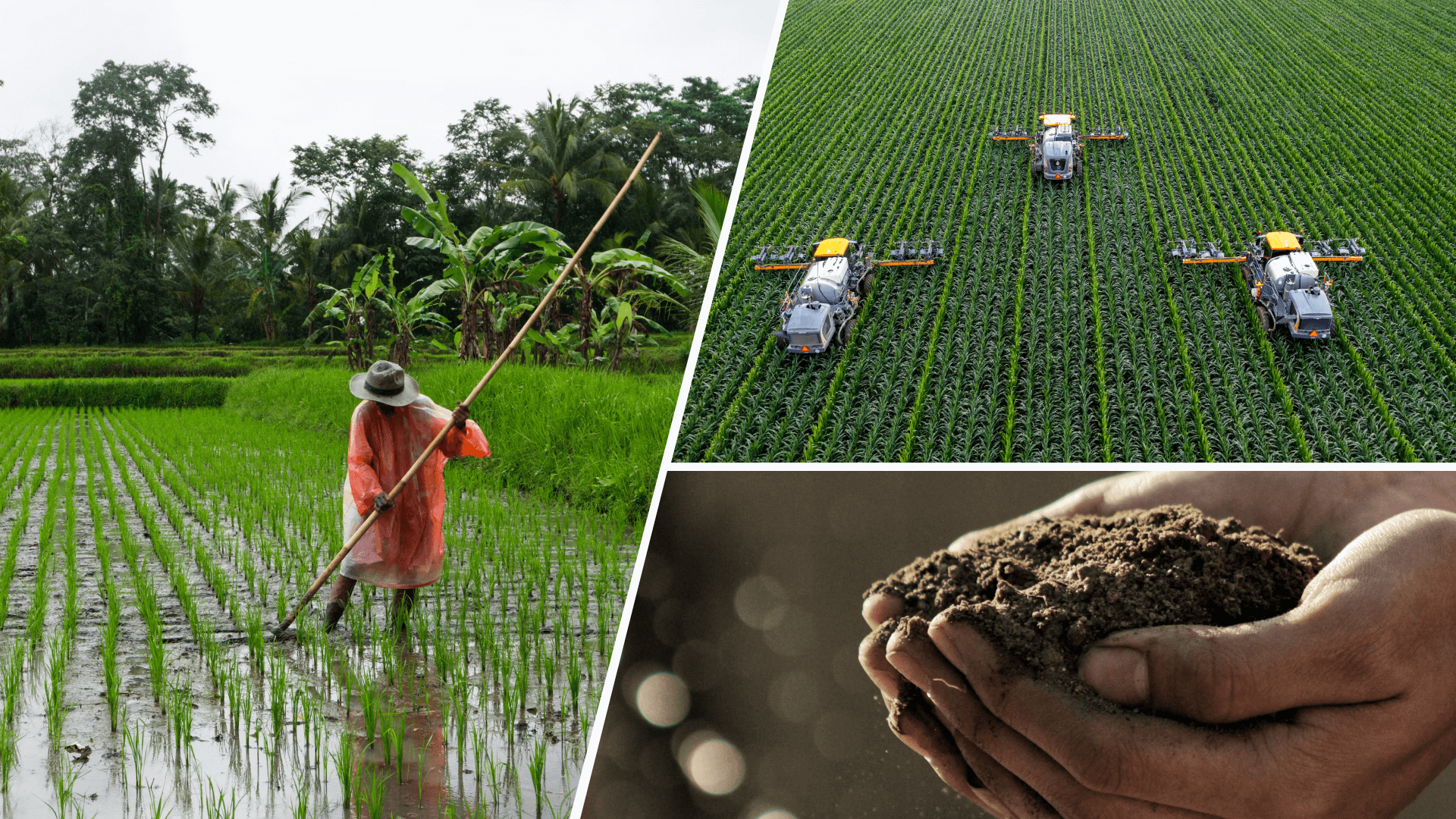You may want to know how traditional and modern farming are different. There are many ways to compare them, but let’s start with what they mean.
What is Traditional Farming?
Traditional farming is a way of farming that uses what is available locally, such as natural materials and traditional wisdom. Small-scale farmers usually practice it. They grow a variety of crops and animals for their own use and local markets. The local climate, topography, and culture influence traditional farming. These factors shape the farming methods and calendar.
What is Modern Farming?
Modern farming is a way of farming that uses science and technology to improve how farming is done. This makes farming faster, better, and more profitable. Modern farming is usually done by big farmers who focus on growing or raising one or a few things for selling. Modern farming can modify the environment and the crops to meet market demand, making it less dependent on local conditions.
Traditional Farming vs Modern Farming
Results or Output
In traditional agriculture, the goal is to yield or harvest. On the other hand, modern agriculture aims to make a profit or avoid loss. It applies economic principles to produce commodities. These commodities require capital costs, and farmers can predict profits. They also analyze the feasibility of the business they run.
Traditional farming focuses on the food needs of farmers. So, it can’t meet the needs of an increasing population. However, modern agriculture works to meet human food needs. It includes species breeding agriculture, which aims to optimize farming to produce quality food.
Tools and Application
Soil Loosening
The plow is a prime example of traditional farming tools. It’s one of the oldest farming implements. Cows, buffaloes, or horses usually pull it, and they were the first animals used for plowing. Farmers first used plows in prehistoric times, initially made from wood. Today, we have the cultivator. Farmers mainly use it for soil cultivation. Most farmers use it to control weeds before planting. Also, a cultipacker is placed behind a tractor to prepare seed beds before planting seeds. This ensures better seed-to-soil contact.
Spraying

Spraying activities require a pesticide sprayer. Some are still traditional, while others use advanced technology. Here are some examples of pesticide sprayers for conventional and modern farming systems:
A knapsack is another name for a backpack. You wear it on your back when you use it. A hand sprayer is a small sprayer that works by pumping it with your hand. You can use a hand sprayer for many things, like spraying bugs or weeds, giving plants extra food, or just watering them.
Another modern spraying method for precision agriculture is a drone sprayer. The drone has a pesticide holding tank at the bottom and is operated by controllers. They manage the drone’s flying speed and direction and activate the sprayer. This drone sprayer can spray faster, save water, and be more effective than manual work.
Cropping System
In traditional farming, farmers rely heavily on nature. So, when the dry season hits, their fields can dry up. But modern farmers have a solution – they use things like dams and irrigation systems. This changes the game and affects what crops they can grow.
Now, let’s talk about planting. Traditional farmers stick to one type of plant in one area. They call this a monoculture cropping system. They prepare the soil, water the crops, and use chemicals when needed. And when pests and diseases show up, they deal with them without worrying about other plants.
But precision agriculture does things a bit differently. They mix things up and grow different types of crops. This helps keep the land productive. They either increase the types of farming activities or grow different types of plants on the land.
How to Farm in Different Ways

Some farmers grow crops and animals together on the same farm. The animals eat the crops, and the crops use the animal poop as fertilizer. Some farmers cut down and burn trees in the forest to make space for crops. The fire makes the soil rich for the crops, and the farmers don’t need to add anything else. Some farmers use new ways of farming that are good for the environment and make more food, such as:
Hydroponics
Farmers grow plants in water with minerals, not in soil. This uses less water, space, and fertilizer, and makes bigger and better plants.
Aquaponics
Farmers make a home for fish and plants together. The fish poop gives food to the plants, and the plants clean the water. This makes less trash, sickness, and dirt, and makes both fish and plants to eat.
Vertical Farming
Farmers grow plants inside on walls or shelves. This makes more room for plants, uses less water and power, and makes fresh and local food.
If you have a small farm or just farm for yourself, you might like traditional farming. It can cost less than modern farming. But if you have a big farm or farm for business, you might like modern farming. It can make work easier and faster. Hope this article helps you to figure out the difference between traditional and modern farming.

